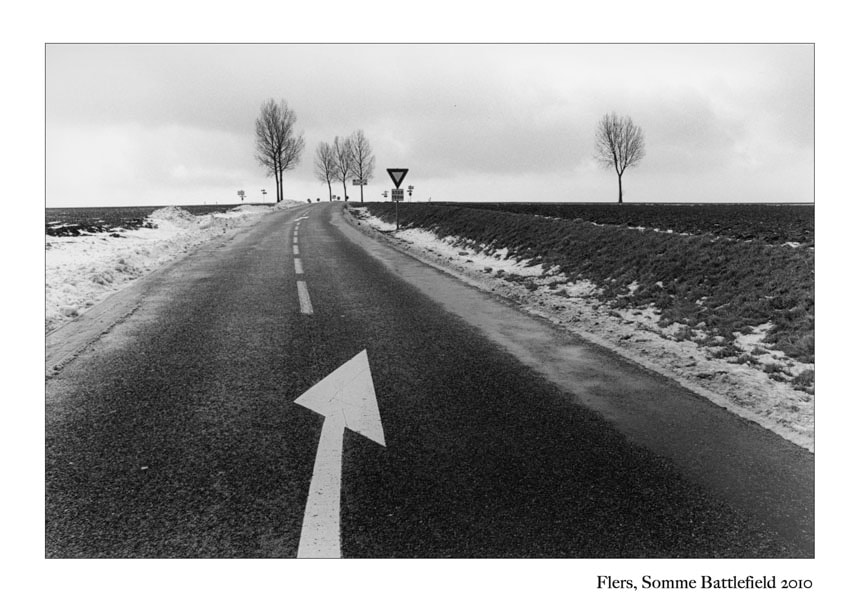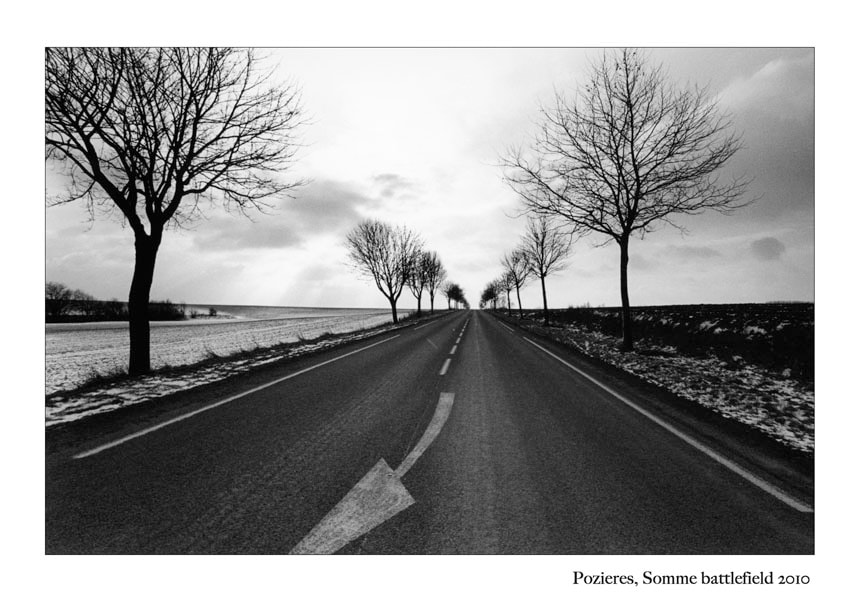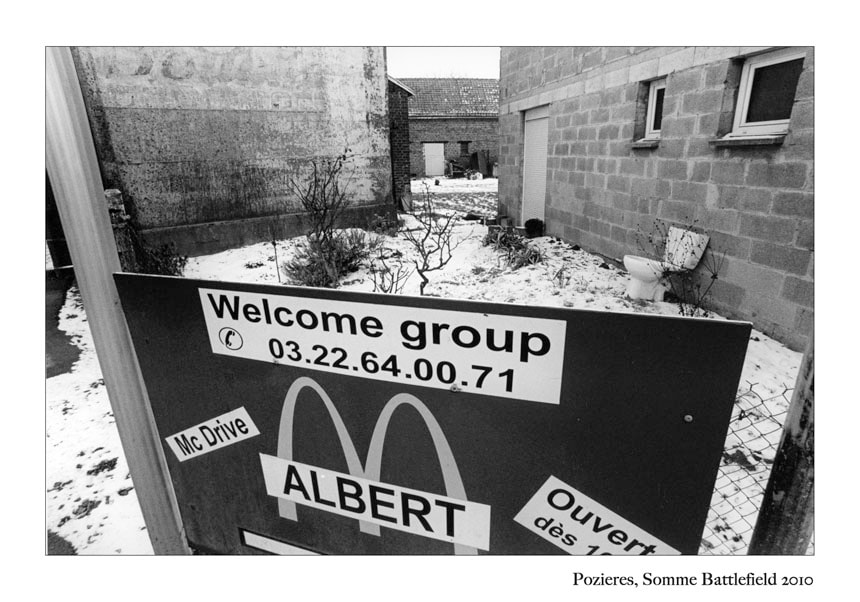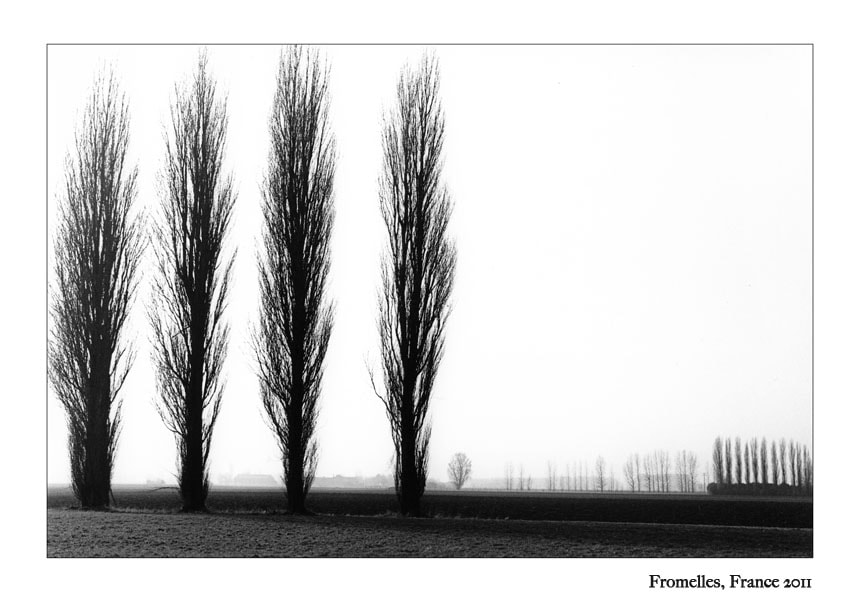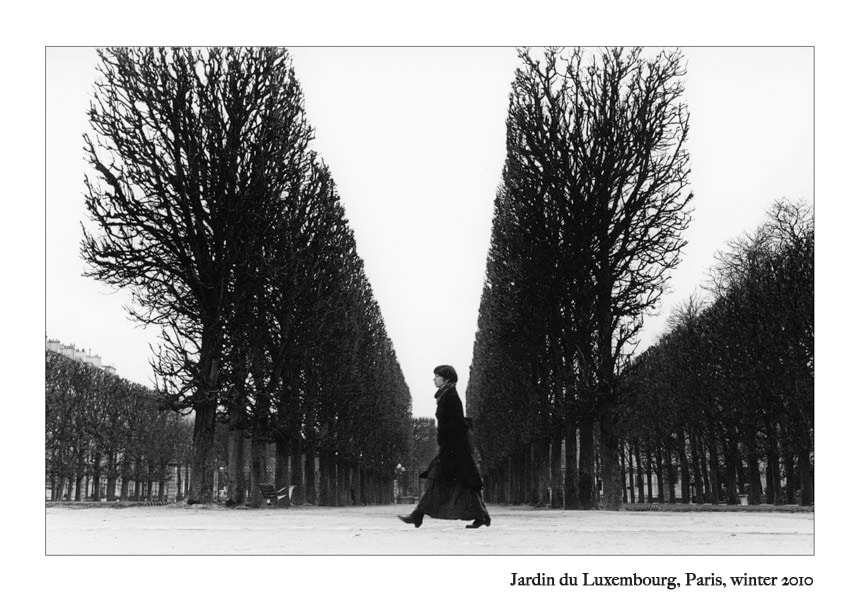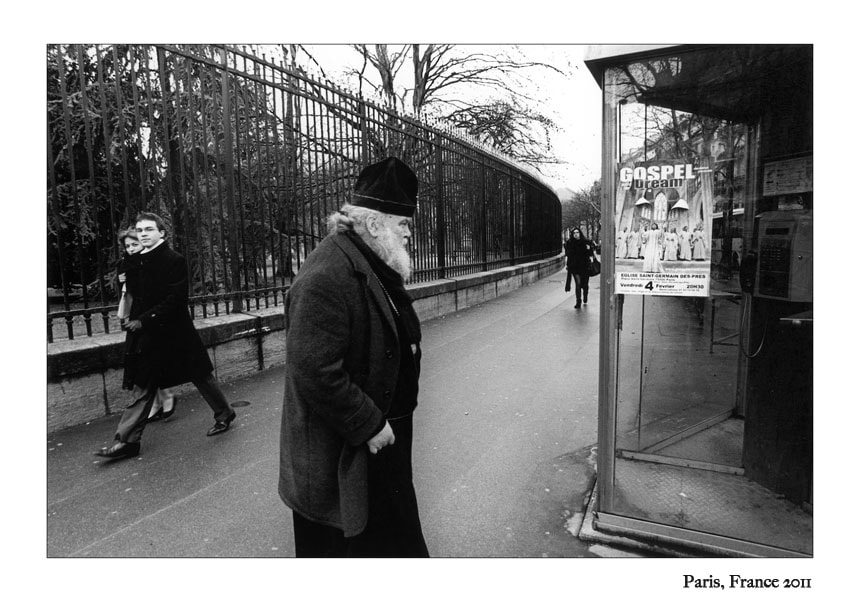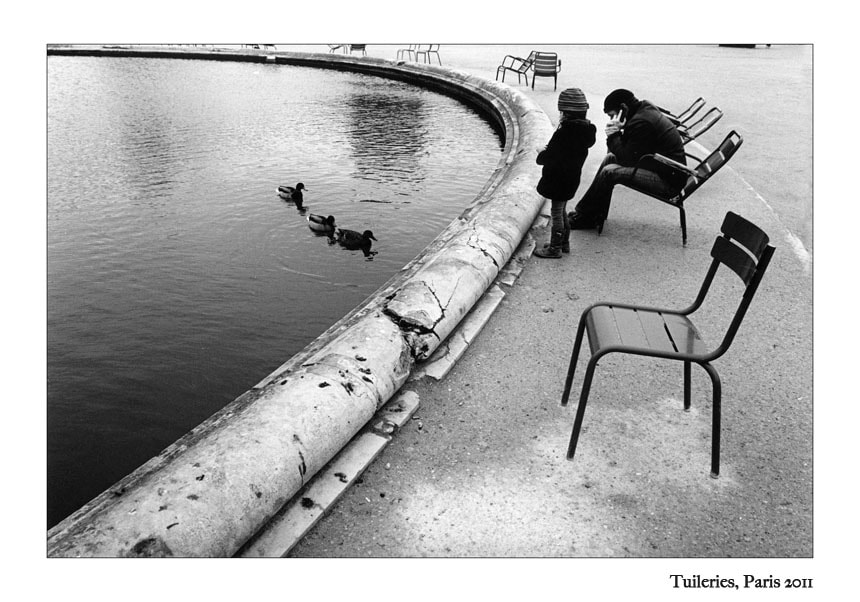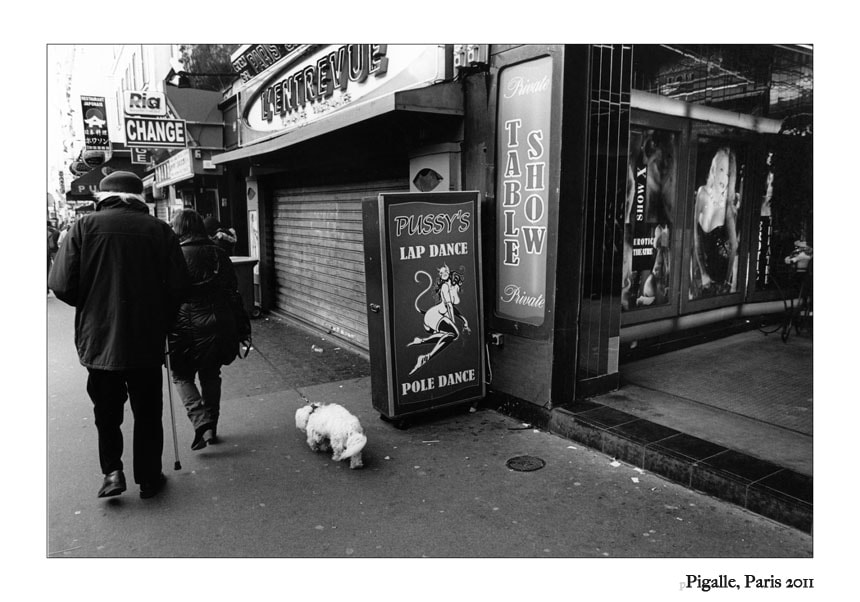The Somme battlefield 2010, 2011
Walking along the 1916 front line on the Somme battlefield in winter 2010 I realised how the conflict of almost a century ago still resonates. Names like Passchendaele and Pozieres seem indelibly imprinted on our psyche, even though for most of my life they were just names that we heard about in school and saw on banners as old soldiers marched by on Anzac day.
The 1916 battle of the Somme began in the early morning of 1st July after an artillery bombardment lasting several days, such an assault had never been witnessed on the Western Front or any other battlefield before. The first day of the battle claimed over 58,000 British (including Australian) casualties of whom more than 19,000 were killed. This was the largest loss on a single day in the history of the British Army.
The 1916 battle of the Somme began in the early morning of 1st July after an artillery bombardment lasting several days, such an assault had never been witnessed on the Western Front or any other battlefield before. The first day of the battle claimed over 58,000 British (including Australian) casualties of whom more than 19,000 were killed. This was the largest loss on a single day in the history of the British Army.
Belgium battlefields 2010, 2011
During The First World War of 1914-1918 the Allied Forces of Belgium, France, Great Britain, the Dominion Forces of the British Empire (Australia, Canada, India, New Zealand, Newfoundland and South Africa), Portugal and the United States (from April 1918) made a stand against the Imperial German Army's advance and occupation of Belgium from 4th August 1914 and north-eastern France from 6th August 1914.
The Battle of Passchendaele was a name which became synonymous to the British nation with the mud, blood, horror and terrible human loss that was the trench warfare of the Great War of 1914-1918. The British Expeditionary Force sustained over 300,000 casualties.
The Battle of Passchendaele was a name which became synonymous to the British nation with the mud, blood, horror and terrible human loss that was the trench warfare of the Great War of 1914-1918. The British Expeditionary Force sustained over 300,000 casualties.
Paris
For soldiers their main respite from the fighting was going on leave. While this often meant resting in a town behind the front line, soldiers on the Western Front also visited many French cities. A favourite destination was Paris, especially the district of Pigalle, which was the sex area of Paris; it still is!


